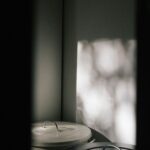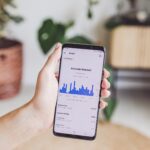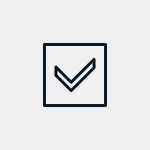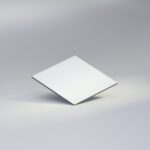You’ve decided to sew! That is a wonderful choice; sewing is a fun way to express your creativity and the result is something you can feel proud of having made. But how do you get started?
Basic Tools
First, there are some baseline supplies you will need no matter what you are making. You will need a space in which to sew; it will need good lighting, a table, and a chair. You will need scissors. Try to have a pair just for your fabric; cutting other things dulls them quickly. A dressmaker’s measuring tape is something you’ll be using a lot. You will need straight pins – the ones with bright heads are easier to see. A fabric safe chalk or marker is also very useful. You will need some hand sewing needles, even if you are using a sewing machine for most of the work.
A Sewing Machine
A good basic sewing machine for beginners is an excellent sewing investment; you can sew by hand entirely, but a machine will be quicker and the stitching is more secure. There are reasonably priced new machines, or you can often find a good used one for a reasonable price. You don’t need a lot of fancy stitches yet, so get one that doesn’t look too complicated. Along with the machine, you will need bobbins (make sure you get the type your machine uses) and machine needles. There are different kinds of needles for different kinds of fabric, but a needle labeled “Universal” in size 80/12 should fit most of your needs right now. Practice threading the machine and stitching on some scrap fabric.
Start with Something Simple
Decide what you want to make. Start with something simple. Simple sewing means something with clear directions, using basic skills, and with an easy number of pieces to manage.
You will need directions or a pattern; the pattern will list the other supplies you need. There will be the fabric, of course. The pattern will list what kinds of fabric are appropriate and how much you will need. Tightly woven fabrics like cotton cloth are best for beginners; they don’t stretch and are not slippery. The pattern will also list the non-fabric supplies you will need for your project. This includes things like matching thread, stuffing, buttons, snaps, or decorations like ribbon.
Follow the Directions
Read the directions before you cut or sew anything. Make sure they make sense. Most patterns have pictures and a glossary which explain and show what you will be doing. Then, pin the pattern to the fabric as directed and (after double checking) cut out the fabric. Follow the directions step by step. For a cushion (a very simple project – two squares sewn together), those directions will go something like, “Cut out two 18-inch squares. Pin right sides together. Sew three sides closed. Sew the last side, leaving a 4 inch opening for turning. Clip corners close to seam. Turn right side out, using opening. Stuff firmly with fiberfill. Sew opening closed using whipstitch.”
You Did It!
Congratulations! You’ve done it! Put your cushion on your bed or sofa, and admire the work of your own hands. Start planning your next project – aprons, pillowcases, and curtains are also simple projects.



























Follow Us!